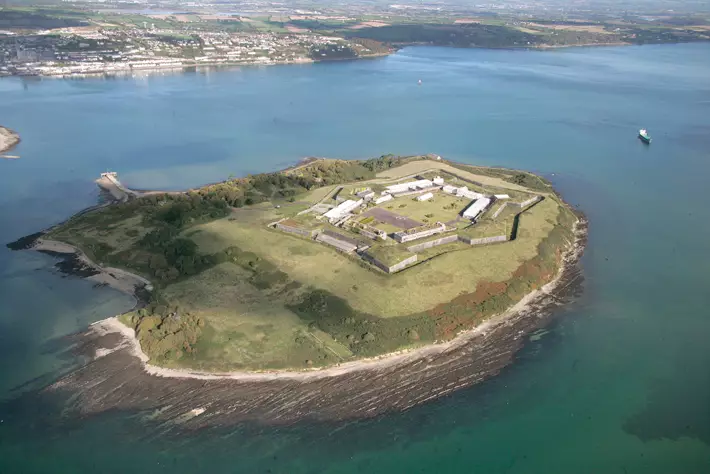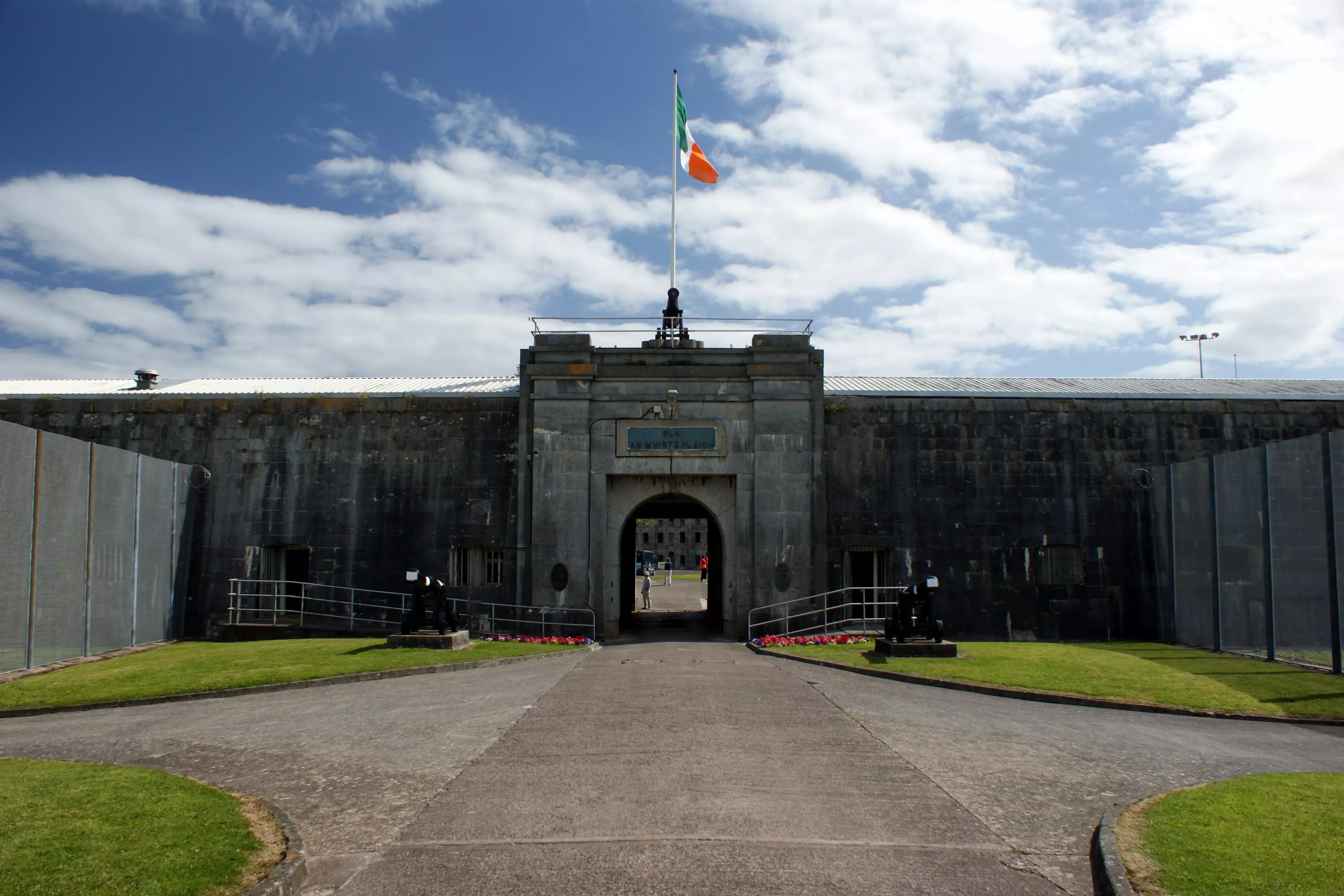
When you think of Alcatraz, there's a fair few images come to mind. Al Capone rotting away in his cell, washed by the waters of San Francisco Bay. Clint Eastwood escaping from it (or at least trying to) in the iconic 70s movie. The Birdman of Alcatraz, doing his time surrounded by 300 canaries. You probably don't think of a small island off Cork, that's for sure.
Yet Spike Island, situated just a short hop over the water from Cobh, might well be closer to the Californian prison than you might think. In fact, it's already been described as Ireland's Alcatraz. In fact, Spike Island was ten times the size of Alcatraz and was a prison for far longer than its American counterpart.
The story goes back to Spike Island's use as a prison, which it was for a long period in the period between the Great Hunger in the 1840s and independence in the 1920s. As many as 1,400 prisoners were held on the island at its peak, serving a variety of crimes, and it was thought to at one point have been the largest single prison in the entire British Empire.
There were political prisoners, of course, including early independence activists like Moss Twomey and Dick Barrett, leaders of Cork IRA and celebrated figures in the history of republicanism. There were regular criminals - indeed, the prison was first opened as a transit point for convicts before they were transported to Australia.
Advert
Unlike Alcatraz, however, Spike Island was not unescapable: a group of IRA men managed it in 1922, just months before the British were forced to free prisoners at the signing of the Anglo-Irish Treaty that ended the War of Independence. A group of Republicans, including leading IRA man Tomas Malone and Sean MacSwiney, brother of famous Cork mayor and hunger striker Terence), managed to break free from their captors while (and this is barely believable, but completely true) building a golf course on the island for the British guards to play on.
Meanwhile, a group of IRA volunteers sailed a small boat out from Cobh under a Union Jack - narrowly avoiding blowing their cover after crashing into a British boat - before picking up Malone and crew, who had overpowered their guards. They managed to sail it back to the mainland and make their escape into neighbouring Ringaskiddy village.
On independence, the island remained in British hands as a military outpost, and was not given back to Ireland until as late as the 1930s, when Eamon de Valera was on hand to take part in the official handing over. It remained a jail and military garrison under Irish control until 2004, when it was eventually made into a museum. Indeed, it was actually named as the leading tourist attraction in Europe in 2017, beating out such noted sights as Buckingham Palace, the Sagrada Familia in Barcelona and the Acropolis in Athens.

Topics: Ireland